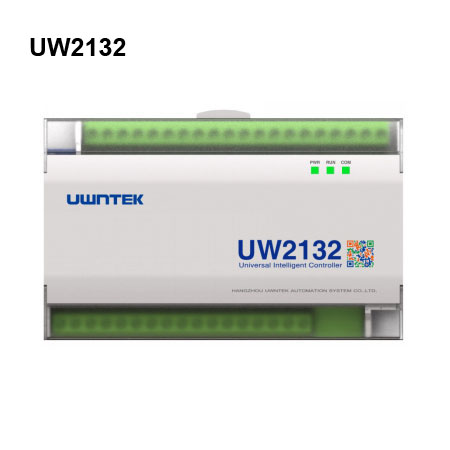Industrial network control systems are not based on information processing speed and capacity. It is normal for small systems to have weak processing capabilities, so industrial control networks are not based on bandwidth and transmission rate. Industrial network control systems refer to network systems that can meet the needs of completing deterministic control tasks based on network control algorithms. What is the use of industrial network control systems?

Real-time is the cycle and frequency from signal acquisition to the output of calculation results. Both electrical signals and optical signals are at the speed of light, and the real-time here has nothing to do with signal transfer time.
The real-time communication of industrial network control systems mainly lies in the ratio of the transmittable data capacity per unit time of signal data input and calculation result output. That is, the less the computer network card communication cache and communication device communication cache are occupied, the less time the information waits in the cache, which means higher real-time.
The ideal data communication volume of industrial network control systems is deterministic processing. Almost all industrial field buses have the following regulations. For example, the input/output volume of an I/O station is expressed in I/O words, which limits the input/output data volume of each I/O station. To ensure the matching of control network and information processing capabilities. Although there is no certain sampling bandwidth requirement like voice and video, each control project can determine the control frequency and communication bandwidth requirements by itself.
Industrial network control systems may be different from what many people think. Many people have tested the security of various smart devices, so many network security engineers feel that industrial control systems are undefended systems. But in fact, industrial network control systems and their smart devices are often single-program task devices, and it is difficult for network viruses to directly load virus programs dynamically. Even "Stuxnet" can only indirectly attack controllers by attacking SCADA computer systems.
